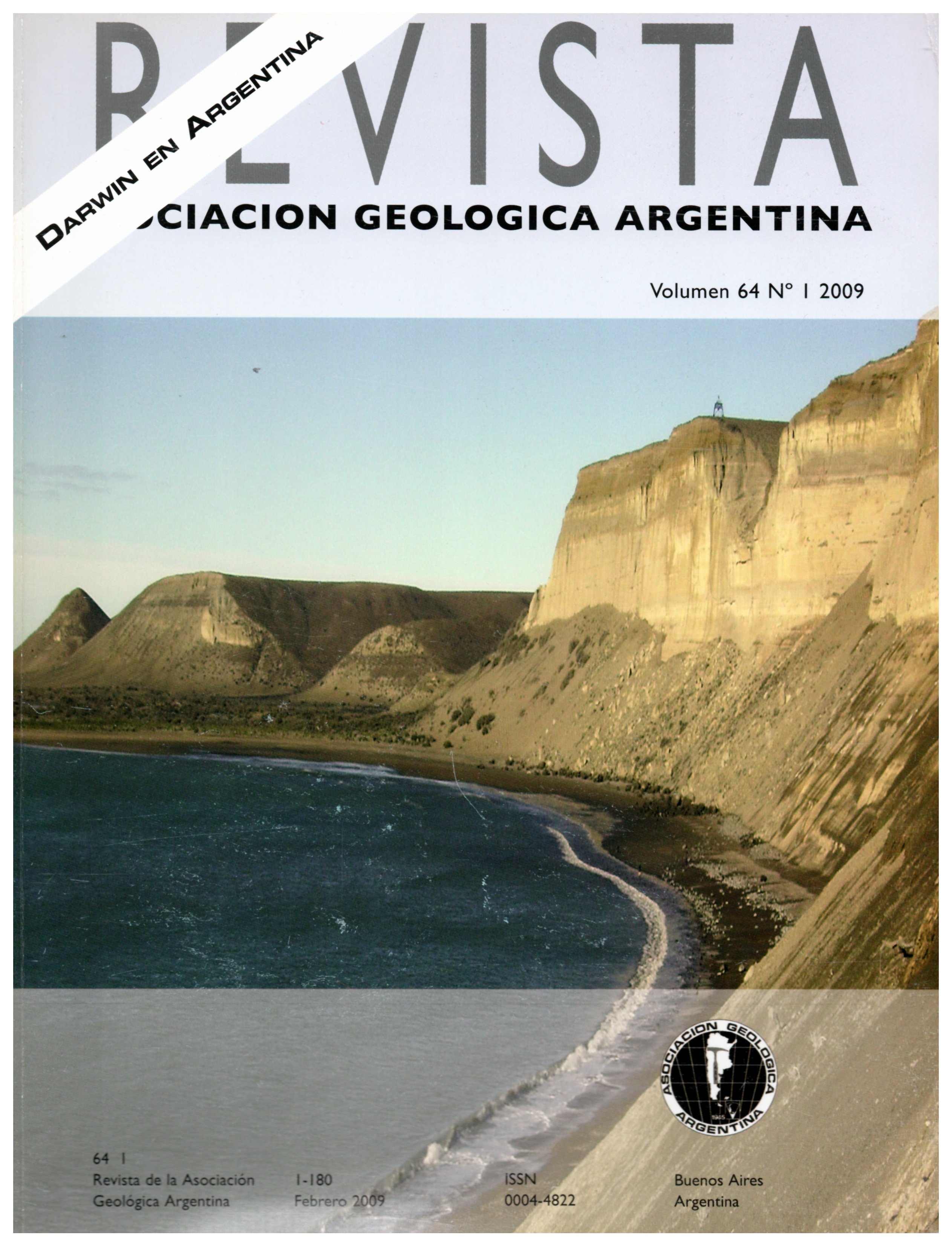Charles Darwin and the first scientific observations on the patagonian shingle formation (Rodados Patagónicos)
Main Article Content
Abstract
The Rodados Patagónicos is one of the most intriguing lithostratigraphic unitsin the Late Cenozoic of Patagonia. Charles Darwin named these gravels as the "Patagonian Shingle Formation", when he discovered them during his trip to Patagonia on board HMS Beagle in 1832. According to the prevailing paradigm ofthe time, he assigned these deposits to a giant transgression during the GreatUniversal Déluge epoch, considering that their formation was related to waveaction along the beach in ancient times. The name of Rodados Patagónicos, as they are generally known in the Argentine geological literature, is usually confusing since it has been applied to a wide number of geological units of multiple origin and age. Many authors have discussed the nature and origin of these gravels, considering them to have been formed by piedmont, alluvial, colluvial, glaciofluvial, and/or marine processes. Today, it is accepted that the term Rodados Patagónicos includes gravel deposits of varied nature and age, perhaps with a prevalence of piedmont genesis in northern Patagonia and glaciofluvial dynamics in southern Patagonia and Tierra del Fuego.
Article Details

This work is licensed under a Creative Commons Attribution-NonCommercial 4.0 International License.
Nota de copyright
Los autores conservan los derechos de autor y garantizan a la revista el derecho de ser la primera publicación del trabajo licenciado según una licencia de atribución Creative Commons que permite a otros compartir el trabajo con el reconocimiento de la autoría y de la publicación en la que se publicó por primera vez.
Declaración de privacidad
Los nombres y direcciones de correo electrónico introducidos en esta revista se usarán exclusivamente para los fines declarados por esta revista y no estarán disponibles para ningún otro propósito u otra persona.

